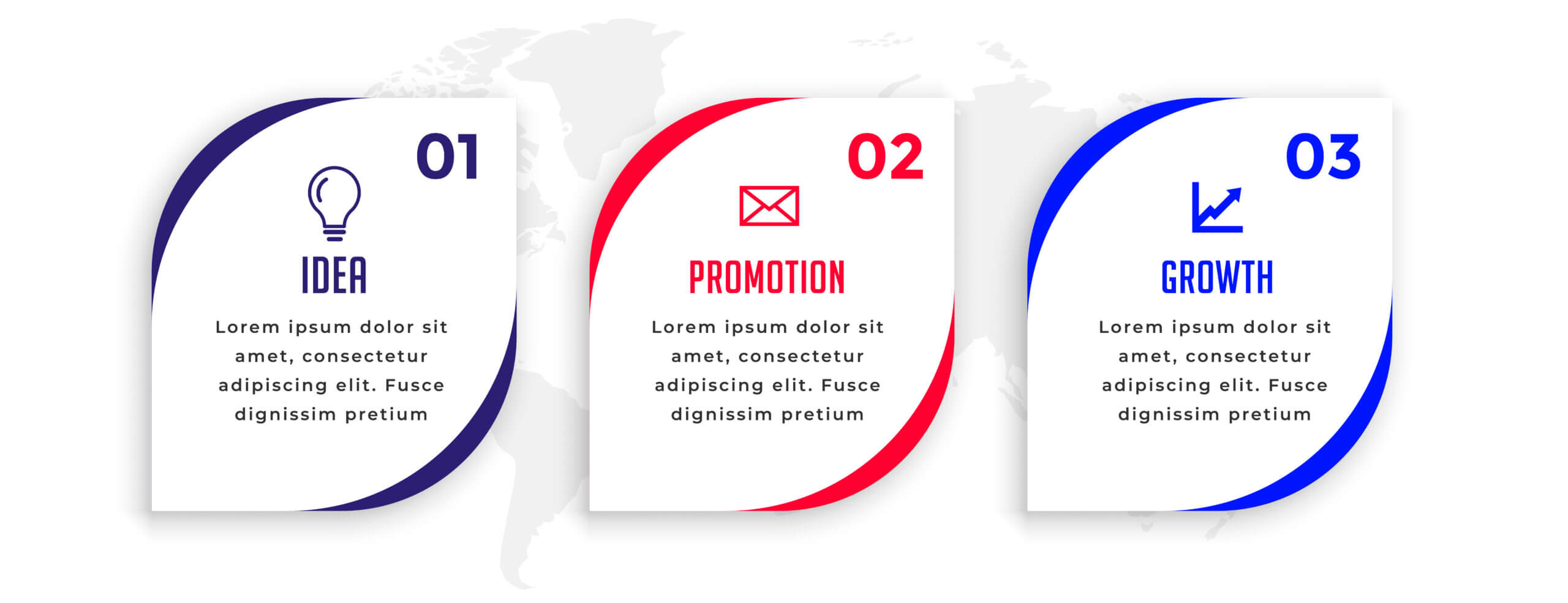Let’s Face it—Your Face is Showing
I met my little grandson when he was only two days old. Of course he…
Our content is reader-supported. Things you buy through links on our site may earn us a commission
Never miss out on well-researched articles in your field of interest with our weekly newsletter.

Subscriber

I met my little grandson when he was only two days old. Of course he…

Many of our presentations deliver “just the facts.” Budgets, updates, status reports; these are generally…

James was a skilled high potential leader who spoke with great composure and strength. These…

Joanne was one part excited and one part nervous. She had been asked to speak…

Now that you have prepared your content well and have worked on being calm and…

People often struggle to prepare themselves for a major presentation. They spend hours reworking their…

Jack* is a natural born people person. And that makes him a natural born communicator.…

John was reluctant to present monthly results to his leaders. His heavily chart-laden slides either…

You have to terminate a project. You have to tell a job candidate she didn’t…

Mary got nervous every time her manager started a conversation with her. She was worried…

John was a great manager, good at his job and easy to get along with.…

Whether you are presenting or training, long lectures can be a drag. To engage your…

Tired of the same old-same old training session or presentation? If you are, you can…

It happens. You are asked to fill in for your boss’s big presentation. You are…

Quick—who is the most effective communicator you know? Why did you think of that person?…

A few years ago I worked with an individual who came to me because she…